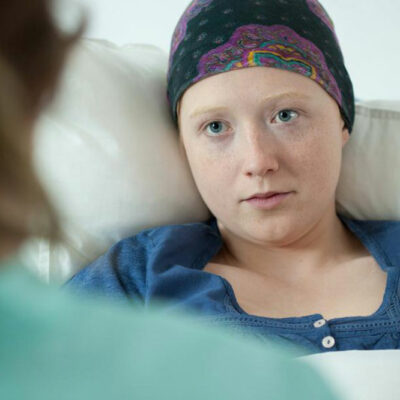
Health
Risk Factors for Leukemia
Leukemia is also known as blood cancer as it affects the tissues that form blood. While the exact cause of leukemia is not very clear, there are many risk factors that can increase the risk of developing leukemia. The article lists out all the risk factors for leukemia. Family history One of the key risk factors for leukemia is family history. Those with a family history of leukemia are considered to be at a higher risk of developing leukemia than others. Apart from leukemia, those whose close family members have other forms of cancer may also be at risk. It must be noted that this does not mean that all those whose family members had leukemia would develop the disease. Smoking The ill-effects of smoking are well-known. Studies have revealed the link between smoking and cancer. Those who smoke cigarettes have a higher risk of developing a form of leukemia, known as acute myelogenous leukemia. Second-hand exposure to cigarette smoke can also pose a risk and hence care should be exercised. Blood disorders Those who have certain types of blood disorders are more at risk of developing leukemia. Myelodysplastic syndrome is a blood disorder, which is sometimes referred to as preleukemia.
Read More 















